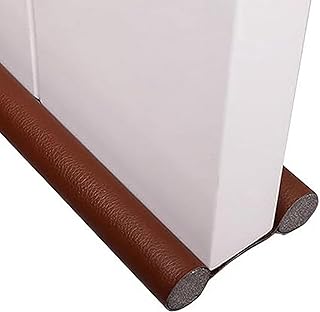A breakthrough in noise control technology has emerged, offering a solution to the challenge of managing environmental noise while maintaining natural ventilation in buildings. The innovative system involves active sound control through the open aperture of a full-sized domestic window, providing a global reduction in room interior noise levels.
Traditionally, closing windows was the last resort to combat noise, sacrificing ventilation. However, this new system utilizes an array of control modules strategically positioned across the window aperture to actively attenuate incoming sound. A single reference microphone feeds real-time data to the controller, enabling precise computation of anti-noise signals to be emitted by the loudspeakers.
Historically, noise control in naturally ventilated buildings, especially in densely populated urban areas, has been a challenge. Strategies typically involved passive methods like noise barriers. However, with the demand for natural ventilation on the rise, the entry points for noise have increased. In such scenarios, active noise control techniques have shown promise.
An active noise control system consists of a reference sensor, an actuator, and an error sensor. While controlling noise at the source is ideal, it’s often impractical. Hence, the system focuses on attenuating noise propagating through the air, achieving a ‘global’ control effect by strategically distributing control sources and error microphones.
The study describes a practical implementation of an ANC system on a full-sized window, demonstrating up to a 10-dB reduction in noise levels, particularly in the frequency range of typical urban transportation noise. By utilizing a fixed-filter approach and pre-trained filters, the system achieves significant noise reduction without the need for error sensors during operation.
Despite the system’s success in attenuating noise, limitations exist in controlling frequencies below 300 Hz and between 300-500 Hz due to design constraints. However, the system effectively mitigates urban transportation noise with dominant energy above 500 Hz, showcasing its potential in reducing health risks associated with noise exposure.
Overall, the study highlights the effectiveness of the active noise control system in reducing noise levels through open windows, offering a practical solution for noise management in urban environments while ensuring natural ventilation. Future research aims to address the system’s limitations and enhance its performance for broader applications.
📰 Related Articles
- Reykjavik’s Hopp Scooter System Optimizes Urban Micro-Mobility
- Podbike’s Electric Frikar: Innovative Design Redefining Urban Commuting
- PC Gamer Reduces Noise with Simple Fan Control Adjustment
- Mazda’s EZ-60 SUV Attracts Urban Millennials with Innovative Features
- Innovative Long-Range E-Scooters Redefine Urban Commuting






